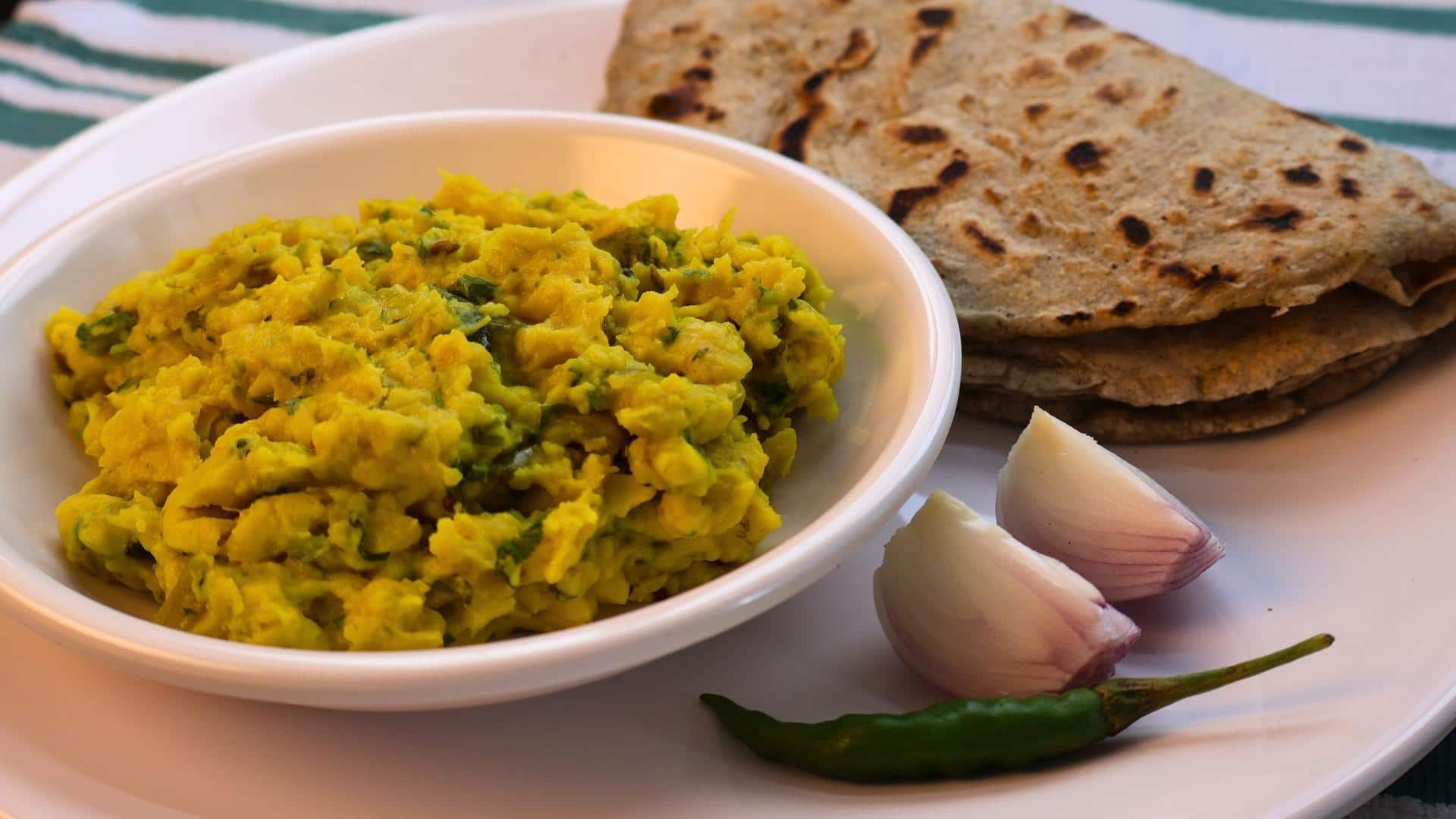
Bhakri's journey: From village staple to urban delight
What's the story
Traditional Indian flatbread bhakri has been a staple in rural households since ages. Prepared mainly with grains such as jowar and bajra, it is something that is simple and nutritious. With time, bhakri moved from being a village necessity to an urban favorite. This transition highlights changing eating habits and increasing love for traditional foods in contemporary homes. Let's see how bhakri evolved over the years.
#1
Traditional roots of bhakri
Bhakri originated in rural India, where it was a staple for farmers and laborers alike. It required minimal ingredients—flour, water, and salt—making it a dish for the rich and poor alike. Traditionally, bhakri was cooked on open flames or clay stoves, and was appreciated for its energy giving capabilities for the entire day.
#2
Urban adaptations
As cities grew and lifestyles transformed, bhakri entered urban kitchens. Chefs started experimenting with different grains such as wheat and rice flour to suit varied palates. In urban settings, bhakris are often served with different curries or chutneys, making this humble bread more versatile without losing its rustic touch.
#3
Nutritional benefits recognized
With growing awareness about health and nutrition, people have started acknowledging the benefits of including whole grains in their diets. Bhakri made from jowar or bajra is high in fiber and nutrients such as iron and magnesium. This has prompted health-conscious people in cities to accept bhakri as a part of their everyday meals.
#4
Culinary innovations
The culinary world has taken bhakri by storm, with its modernized and innovative versions. From the stuffed ones with vegetables or paneer to the flavored ones with herbs and spices like cumin or coriander seeds—the options are limitless! The innovations have taken bhakris beyond their traditional avatar while maintaining their cultural value.